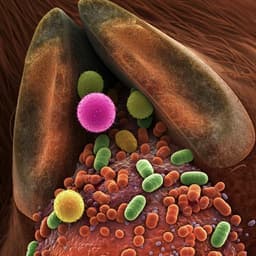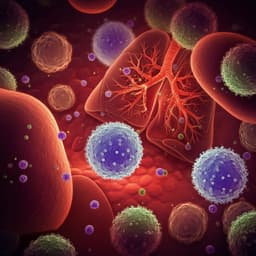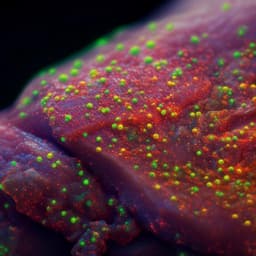
Veterinary Science
Genotypic antimicrobial resistance characterization of *E. coli* from dairy calves at high risk of respiratory disease administered enrofloxacin or tulathromycin
R. V. Pereira, C. Foditsch, et al.
This groundbreaking study investigates the lasting effects of enrofloxacin and tulathromycin on antimicrobial resistance genes in calves at high risk for bovine respiratory disease. Conducted by R. V. Pereira and colleagues, the results reveal significant findings regarding resistance selection and mutation dynamics in fecal E. coli.
~3 min • Beginner • English
Related Publications
Explore these studies to deepen your understanding of the subject.







